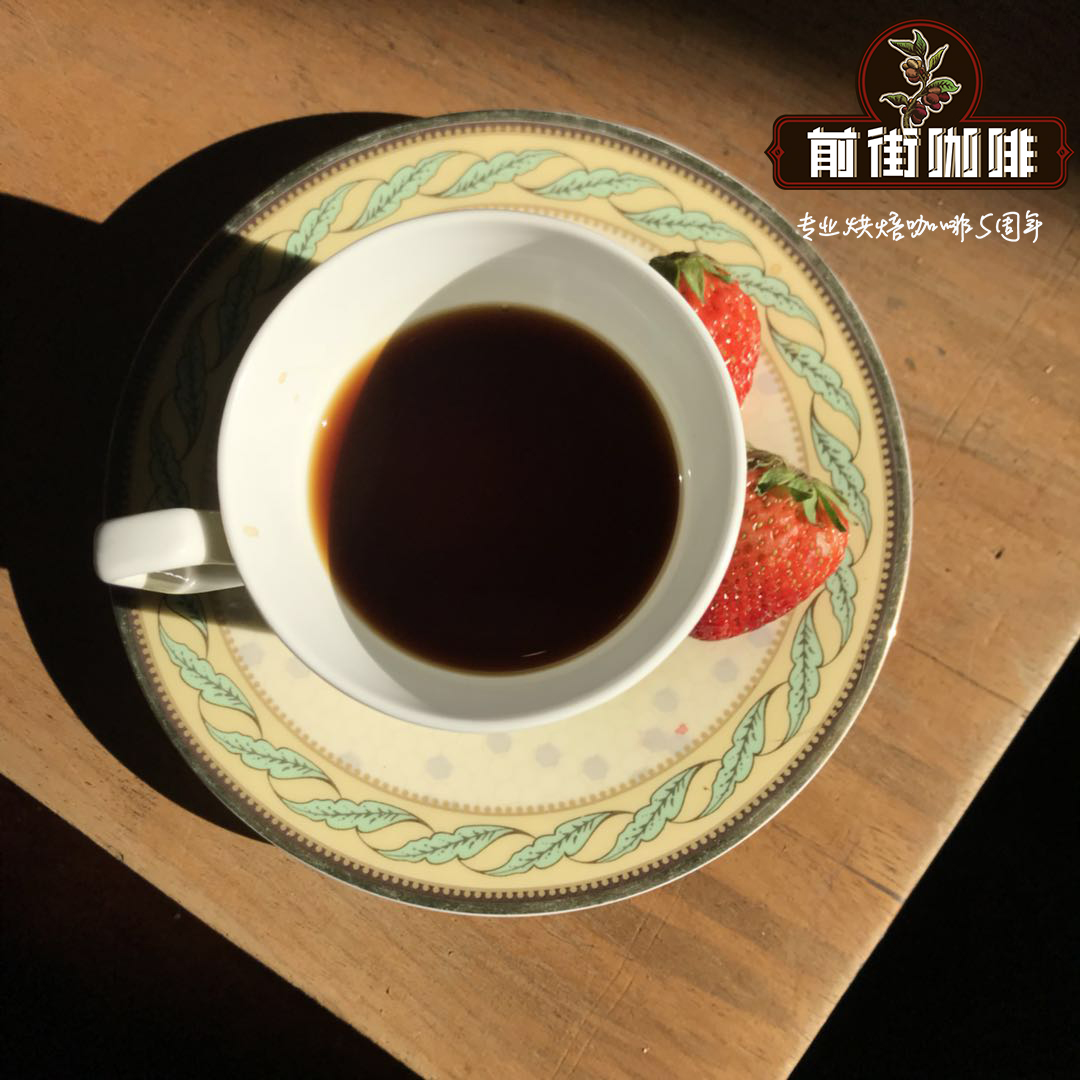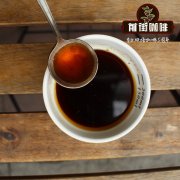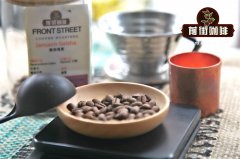What is the Costa Rican coffee garden? How should I drink Costa Rican coffee?

Professional coffee knowledge exchange more coffee bean information please follow the coffee workshop (Wechat official account cafe_style)
Costa Rican coffee is usually very pure and sweet, but the alcohol thickness tends to be light and elegant. In recent years, many processing plants have begun to produce coffee with a variety of tastes and styles.
Coffee has been grown in Costa Rica since the early 19th century, and after Costa Rica became independent from Spain in 1821, the then self-government gave free coffee seeds to farmers to encourage coffee cultivation.
Founded in 1989, Coffee Garden is located in the West Valley area of St. River West, the capital of Costa Rica, and near the volcanic ground, because it allows coffee to produce a special quality flavor. In 2005, Maria Mayela Quesada decided to build its own processing plant to handle all the coffee on the estate. Year-after-year efforts finally bear fruit. In 2008, he was selected as the best coffee in the country, which was recognized by domestic and international C.O.E. In this year's coffee garden, there is a very special curiosity, which has also attracted the attention of international coffee lovers. Several hectares of coffee trees have mutated naturally, and red Catuai and yellow Catuai have mutated into magical orange coffee fruits. And the taste of coffee is also popular with everyone.
Similar to the raw coffee bean treatment used by Sasa Sestic, the champion of the 2015 World Barista Competition:
The four elements of this approach-
1. Shade system
The shade system can effectively block the sun, so that the coffee pulp can produce more sugar, making the final coffee more sweet and wonderful and shiny sour.
2. Stainless steel container
As soon as the coffee beans are picked, they are put into stainless steel containers for fermentation, instead of using traditional cement or ceramic tile containers, these traditional containers will absorb the flavor of the coffee beans rather than retain more of the coffee flavor in the coffee pulp. The flavor of coffee can be made purer by using stainless steel containers.
3. Carbon dioxide
The container in which the coffee beans are placed is then sealed and pressurized with carbon dioxide so that there is no oxygen in the container. This ensures that the flavor and aroma of all the coffee are retained in the coffee, and the flavor of the coffee is more obvious.
4. Controllable environment
In the end, these containers of coffee beans are placed in a controlled environment to ensure that coffee beans with the same flavor can be replicated with each treatment. However, the traditional treatment methods are affected by weather, humidity and other factors, so it is difficult to ensure that the flavor of beans treated each time is consistent.
Important Notice :
前街咖啡 FrontStreet Coffee has moved to new addredd:
FrontStreet Coffee Address: 315,Donghua East Road,GuangZhou
Tel:020 38364473
- Prev

Introduction of Ethiopian Coffee Flavor by Benti Nenqua
Professional coffee knowledge exchange more coffee bean information please pay attention to coffee workshop (Wechat official account cafe_style) coffee, with a very unique floral aroma and flavor is saturated lotus rake, lychee, sweet peach, full of fresh camellias, full of floral aroma and sweetness, such a comfortable flavor, cloth Abel. If you really need a loud nickname, you will use peony as an alias.
- Next

Costa Rican llano bonito coffee honey treats Costa Rican coffee bean flavor
Professional coffee knowledge exchange more coffee bean information please follow the coffee workshop (Wechat official account cafe_style) Shenhua Manor is located in the highest point of Tarrazu Sunnyside (sunshine section), is the area where the first sunlight is received at sunrise, which is called Llano Bonito of Len Corts in Spanish! There are coffee products growing bourbon, Geisha, Caturra and Catuai in the manor.
Related
- Detailed explanation of Jadeite planting Land in Panamanian Jadeite Manor introduction to the grading system of Jadeite competitive bidding, Red bid, Green bid and Rose Summer
- Story of Coffee planting in Brenka region of Costa Rica Stonehenge Manor anaerobic heavy honey treatment of flavor mouth
- What's on the barrel of Blue Mountain Coffee beans?
- Can American coffee also pull flowers? How to use hot American style to pull out a good-looking pattern?
- Can you make a cold extract with coffee beans? What is the right proportion for cold-extracted coffee formula?
- Indonesian PWN Gold Mandrine Coffee Origin Features Flavor How to Chong? Mandolin coffee is American.
- A brief introduction to the flavor characteristics of Brazilian yellow bourbon coffee beans
- What is the effect of different water quality on the flavor of cold-extracted coffee? What kind of water is best for brewing coffee?
- Why do you think of Rose Summer whenever you mention Panamanian coffee?
- Introduction to the characteristics of authentic blue mountain coffee bean producing areas? What is the CIB Coffee Authority in Jamaica?

